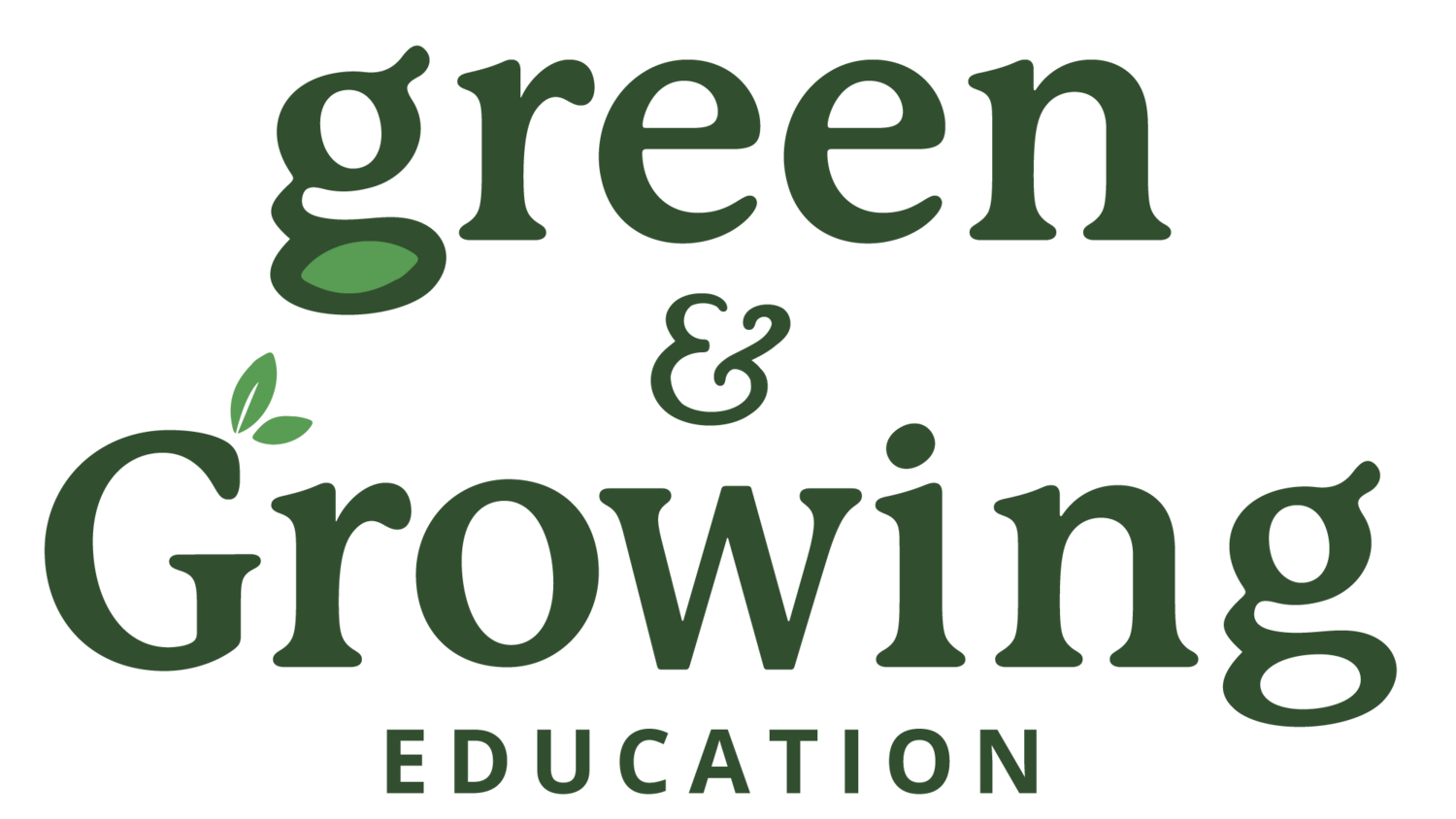Teacher Confidence
I wish I was more confident in the classroom.
Don’t we all?
There is something deep down you know you wish to change. Maybe it’s classroom management Maybe it’s a particular skill you teach Maybe it’s feeling alone Whatever it is, there is a way to level up your teacher confidence!
What is teacher confidence? “teachers confidence in their ability to promote students’ learning” Hoy, 2000.
Here are 4️⃣ ways to level up your confidence this year All quotes from Tschannen-Moran, Woolfolk-Hoy, and Hoy, 1998.
1️⃣ MAINTAIN A POSITIVE ATTITUDE ➕ “Feelings of relaxation and positive emotions signal self-assurance and the anticipation of future success”
How do you do it? Reframe your response to a “failure” or “mistake” to say “Good.” Find the good in all things.
2️⃣ FIND ENCOURAGING TEACHER FRIENDS 👯♂️ “Social persuasion can contribute to successful performances”
How do you do it? Make new friends in your school, county, region, state, nation that you can chat/text/DM when you need to talk!
3️⃣ OBSERVE OTHERS 👓 “Watching others teach in skillful and adept ways—can access t the observer’s personal teaching competence”
How do you do it? GET out of your classroom! Knock of the classroom door 🚪 next door and ask to watch for 10 minutes! (Virtually-same thing, email an exceptional teacher in your school to sit in on their lecture!)
4️⃣ BE ADVENTUROUS 🧗🏽♀️ “Mastery or enacting (actually doing it) experiences are the most powerful source of efficacy information”
How do you do it? Try new things, test out a new technique, no a new review activity, create a new attention-getter etc.
So, which of the 4️⃣ are you going to try this year? Let me know⬇️⬇️⬇️⬇️
Want a deeper dive into teacher confidence? Check out the latest episode of the Green & Growing Podcast.
Into the unknown
It feels like this upcoming school year we are walking…
(Cue Elsa)
INTO THE UNKNOWN, INTO THE UNKNOWN, INTO THE UNKNOWN
Ooooo oooo ooo ooo
There may be a way for you to feel more peace this upcoming school year.
Leaning into the unknown creates momentum
And what that means to you is will move forward with confidence
And the real value is you will feel more peace.
I just read an article from an An FBI agent of 25 years who said “If you want to increase safety, you must move toward the challenge.” She said when confronted with the unknown out brain goes into fight, flight, or freeze mode. Which releases hormones like cortisol which turn on “survival mode”. When you lean into the challenge with calm you reduce your cortisol levels so your brain can focus on prefrontal cortex jobs like planning and decision making.
And being able to move forward is what you want right?
Here is a place to start.
Join the GERMINATE Virtual Conferences this week. Over 850 registered agriculture education teachers, for 30 pre-recorded sessions from current agriculture teachers in the topics of FFA, SAE and Classroom Instruction.
Pouring into your teacher cup now will help you take one confident step into the unknown.
End of year reflection
Want to get better next year?
I'm going to ask you to do something you might not want to do, bear with me.
Ask your students for feedback.
Let them give you feedback on the good and bad of the class. The growth points you have and the gold that you have already uncovered!
Here are 3 ways you can do this!
TOP 5 BOTTOM 5
Top 5 and Bottom 3 list of concepts/knowledge gained by being a part of AgEd class this year. These can include topics discussed in class or learned throughout your participation in FFA or your SAE.
Each of your TOP 5 and Bottom 5 aspects require written documentation. This must include at least a paragraph for each point on your list. You must address why you found value in learning this aspect, and how it will help you in the real world.
Include a visual for each TOP 5 aspect in your written project.
(Can be done in paper form or presentation form)
COURSE REFLECTION
Address the following FOUR questions in at least one paragraph EACH: (1) What did you learn about yourself throughout the semester? (2) If you had it to do over again, what would you change? (3) Consider the course as a whole: What was most beneficial to your development in agriculture? (4) What would you have liked to learn more about? (Can be done in paper form or presentation form) Get a copy of the Top 5 Bottom 5 and Course Reflection document HERE.
Google Form Course Evaluation
There is a template on google forms for a course evaluation. You can tweak it to fit your class/curriculum. Google forms are a great way to collect data and evaluate it. You can check it out here.
What you do today, will show up a year from now
I heard that quote for the first time early this year at my GUIDE Culture training.And it struck me.I think back to a year from today. I know that the little deposits I was making in myself have paid dividends a year later.And it all started with changing one thing in my life.Let me take you back to Black Friday 2018. It had been about 9 months since I had my son Callan and I needed a change. An advertisement for Pure Barre popped up on my social media. I used to do it consistently but had some pregnancy issues that made me stop and then I didn't prioritize anything but baby snuggles for the 4 months I was off work with him. So, I decided, I am in the groove with work now and handling my two little loves. I can commit to working out again.I have now been going to my Pure Barre studio consistently since December 2018. But, that was just the start of the snowball effect.-My husband and I joined a married couples small group-I started First Friday Webinars-The Green & Growing Mastermind was born-I invested in my first personal development course-The idea of a virtual conference was planted in my brainAll from one thing. When you invest in yourself, in whatever way you need, it will pay off. I needed a big turn around in 2018, and getting a grasp on my health was just the beginning. So many other amazing things have happened. I am happier and in a much better place mentally, emotionally, spiritually, relationally, and it all overflows into my classroom teaching. I am a better teacher when I take care of myself. I truly can see it the days I don't work out or have a minute to myself, I am sluggish and unmotivated.Am I in a perfect place, no. We never will be. But, the thought is this, what are you doing today that you will thank yourself for a year from today?
Vermicomposting
Donated Kilwin’s Ice Cream bucket with drill hole locations.
Action photo of drilling holes in the buckets.
Shredded paper has been added on top of the worms.
Example of almost complete worm compost. You can easily see the red wigglers, some residue shredded paper and some food scraps.
Vermicomposting is a method of using worms to transform organic waste into a nutrient-rich fertilizer (via Hunker).
To learn a little bit more before the step-by-step demonstration, check out this cute TED ED video on vermicomposting.
These pictures are from a community event where our agriculture class invited community members to learn how to make and maintain a vermicomposting bucket.
Step 1: Obtain Bins
We have used kitty litter bins, 5-gallon buckets and (FREE) ice cream bins from Kilwins. Really any TWO buckets that sit nicely together with a lid will work. You will need to stack them so a good fit is a must. BONUS: Get a third bucket to help harvesting the compost (see more details below).
Step 2: Drill Holes into the TOP bucket
Drill about 4-6 holes in the lid, on the top rim of the top bucket and the bottom of the top bucket (for drainage to the other bucket). Your top bin will be your farm, the bottom bin is for drainage only.
Step 3: Add Worm friendly bedding & moisture
Put newspaper cuttings (1/2 inch strips) or shredded paper in the bottom of your top bin (We would get the shredded paper from the front office for our bedding). I've seen both work well. Spray a small amount of water on your paper to make a moist BUT NOT WET environment for your worms!
Step 4: Add your worms
We bought our worms from Uncle Jim's Worm Farm which you can also buy on Amazon. For a class of 25 people we bought 500 worms for about $35. You could buy more a less depending on your situation. Place your worms under your bedding.
Step 5: Feed the worms
Now that you have a suitable home for your wigglers, feed those babies! You can feed them fresh waste (coffee grounds, tea bags, veggies, fruits,), avoid too much citrus, cooked items and don't compost meat (it is harder to process and will attract unwanted pests). The more you feed them, the more they will reproduce and the more hard-working composters in your farm.
Some added tips:
If you find your worms trying to escape it is probably because the farm is too wet. Add more paper material to ellivate this problem.
If you forget to feed the farm your worm population might decrease. Remember to feed them again and monitor closely. You don’t need to buy new worms unless you are certain there are no more worms.
The more you feed them, the more they will reproduce and the more hard-working composters in your farm.
Step 6: ENJOY and harvest the black gold in a few months
When you see a lot of black (worm castings) it is time to harvest. One method would be to add a third bucket to your farm with the holes, moist paper bedding and food. Once the worms have finished the food in the original bin they will migrate up to the top bin leaving all that beautiful composted rich fertilizer below. Then you can harvest the fertilizer and restart the process.





